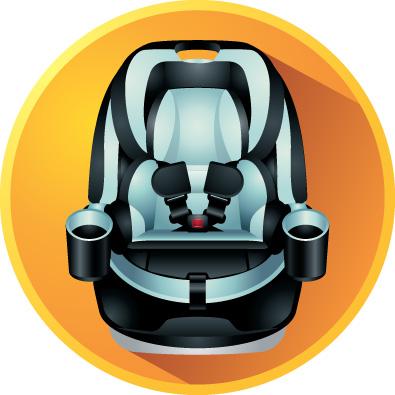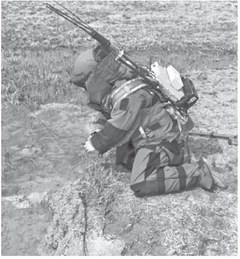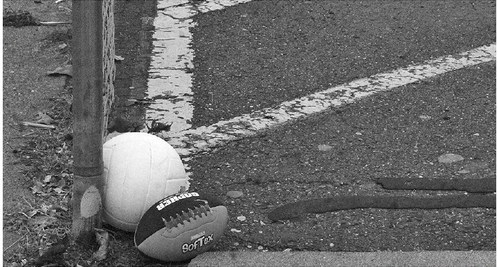Don’t let child passenger safety take the back seat


Last year, a child under 13 was injured or killed in a driving-related crash, every five hours, in Wisconsin. Proper seat belt and car seat usage can save children’s lives.
The Wisconsin State Patrol’s September Law of the Month, is child passenger safety, to help families and caregivers keep their precious cargo out of harm’s way.
“Making sure children are as secure as possible on the road, should always be a top priority,” said Wisconsin State Patrol superintendent Tim Carnahan. “That means buckling up every trip, selecting the right car or booster seat for the child’s size, and age, and ensuring it’s installed correctly.”
When a car seat is installed and used correctly, it can reduce the risk of death in a crash by as much as 71 percent, according to the National Highway Traffic Safety Administration (NHTSA).
Approximately half of all car seats are not correctly installed, according to data from the NHTSA. Choosing the right car seat for the child’s age and size, and following the installation instructions in the car seat manual and vehicle owner’s manual, will help keep a child safe.
According to Wisconsin state law, children must ride in a rear-facing car seat, until they are one year old and weigh 20 pounds; forward-facing car seat, with a harness until they are four years old and weigh 40 pounds; and booster seat, until they are eight years old, or weigh 80 pounds or are 4’9”.
Moving children to the next type of car seat before they’re ready, leaves them vulnerable in a crash. Once the car seat is installed, be sure the child is safely secured with the harness, every trip.
About 8 percent of Wisconsin motorists do not wear a seat belt, while approximately 50 percent of motorist fatalities in Wisconsin, are unbelted. Seat belt use is required by law in Wisconsin, for all vehicle drivers and passengers, including children. It is also one of the best prevention against serious harm, in the event of a crash.
“Lead by example, to keep everyone safe on the road,” said Carnahan. “Set the expectation that everyone should put their seat belt on, as soon as they get in the vehicle.”




